Gestational Diabetes Screening, What Are My Options?
When you are pregnant and between 24 and 28 weeks you will be told that you have to be screened for Gestational Diabetes
You will be told you have to drink a drink called Glucola
( a sugary drink I think taste like a melted otter pop with extra sugar) If you’re wondering “ what’s the big deal with this drink?”
The main concern are the ingredients in this drink. The main one being BVO. This is in most soft drinks in the US to help the color from floating to the top. what I find really interesting is that it is BANNED in Japan and Europe and patented in the US and overseas as FLAME RETARDENT - so I guess its good to have on hand if you have a fire?
The other issue with consuming BVO is that is can mess with your thyroid function. It accumulates in the body and breastmilk leaving residue that can build up in the body fat, heart and other organs. This is problemsome when you are nursing because it can then be transferred to your infant. Keep reading below for some more healthier alternatives to this drink.
After fasting for at least 8 hours they ask you to consume this drink and then draw your blood an hour later. ( so if your doing this try getting an early morning appointment )
You then will be told if you have past your Gestational Diabetes Screening
This is defined as a blood glucose level of 140 or higher
If you “fail” the screening you will be directed to do the 3 hour Glucose tolerance test.
This test is essentially the same test but taken 3 times 1 hour apart from each other.
Here is what they won't tell you
In pregnancy your glucose levels do increase and for good reason!
The increased blood sugar in your blood is beneficial for your baby's organ growth and development.
It becomes a problem when your body isn't able to process the extra amount of glucose which can lead to excess weight in baby in the form of fluid. Low blood sugar in infants for the first
Sarah Buckley in her book Gentle Birth, Gentle Mothering she quotes what different health organizations say about routine gestational diabetes testing.
" The US Preventative service task force does not recommend routine screening.
ACOG recommends that every woman be screened either by assessing for risk factors or by testing her blood sugar.
The American diabetes association recommends blood screening only for women at high risk.
The society of obstetricians and gynecologists of Canada recommendations make screening either by risk factor for glucose test optional, and in the UK screening by OGTT recommended only for women with high risk factors apart from age. "
So what are the benefits of knowing if you have GDM? Or what nutritionist Lilly Nichols likes to refer to it as Carbohydrate intolerance.
The benefit of knowing about GDM is that you can eat more intentionally thus being able to reduce the chances of having a larger than average baby. Since GDM does increase the likelihood of having an LGA infant.
Knowing that having it in pregnancy does increase your risk for developing diabetes in the future is a great thing to know because you can decrease that likelihood by paying more attention to your current eating habits and implementing a more intuitive and creative way of eating. Such as eating protein before any carbohydrates or sugar. A resource I love to learn from is @glucosegoddess on Instagram
( I honestly think everyone can benefit from implementing these tricks when eating regardless of having diabetes or not. )
You can also lower this risk by making sure to be intentionally physically active every day for 20 to 30 min.
After having your baby the recommendation is to check your blood sugar at 6 and 12 weeks pp and every 1 - 2 years after that.
If you are trying to make the decision to get tested for Gestational Diabetes let me help you break it down by using this acronym.
B.R.A.I.N
Which stands for Benefits, Risks, Alternatives, Intuition, Nothing
I like to start with N ( nothing)
What if you do nothing?
Some experts say that screeding every pregnant woman for GMD is a “diagnosis looking for a disease”
And that we would just recommend the same treatment for all pregnant mommas which would be to increase their physical activity , consume carbs that are low on the glycemic index, a wide variety of foods that nourish the body and limit simple sugars.
So by doing nothing you are in fact doing something which is nourishing your body more intentionally .
Benefits of testing for GDM
The benefit of knowing if you have GDM is that you can eat more intentionally thus being able to reduce the chances of having a larger than average baby. Since GDM does increase the likelihood of having an LGA infant.
Knowing that having diabetes in pregnancy does increase your risk for developing diabetes in the future is a great thing to know because you can decrease that likelihood by paying more attention to your current eating habits and implementing a more intuitive and creative way of eating. Such as eating protein before any carbohydrates or sugar. A resource I love to learn from is @glucosegoddess on Instagram
Benefits of not testing for GDM:
Avoiding unnecessary stress and worry
Risks of testing for GDM:
Unnecessary stress and worry if you are negative, positive or borderline
Having to fast and test blood sugars via finger pokes or blood draws
Cost - if uninsured
Possibly having to take Insulin or other medications that long term effects to the unborn baby is unknown
Risks of not testing for GDM?
Not having the added benefit of knowing that you may develop DM in the future
Not knowing that you may have a larger baby for gestational age
Alternatives to testing with the typical Glucola drink?
You can choose to eat breakfast with at least 75 to 80 grams of complex carbs and 600 calories, then do moderate exercise and test your blood sugar via finger stick 2 hours after finishing your meal. ( This typically is closer to how your body normally processes glucose and insulin vs fasting and chugging a ton of sugar. )
6 ounces of organic grape juice + a banana.
1 cup milk + 1.5 cups cereal.
Pancakes with 1/4 cup maple syrup
Natural soda or drink with 50 grams of total sugar
16-ounces orange juice.
Testing your blood glucose via finger stick first thing in the morning and 1 hour after the first meal for 1-2 weeks and keeping a journal of the results to share with your Midwife/OB.
Alternatives to testing at all for GDM?
Instead of taking the test at all , you can eat a well balanced diet and move your body for 30 minutes every day. Which is recommended to all pregnant bodies anyway.
What does your Intuition say about testing for GDM?
Ask yourself how it feels in your body?
Does testing feel expansive and light or does it feel heavy and daunting?
You can also use the list of risk factors to determine if you would like to be screened for this. Noting that age alone is not good enough on its own to determine the likelihood of gestational diabetes. Risk factors include
Age older than 25 years
BMI of 25 or greater
Previous baby of 9.15 lbs or greater
Previous diagnosis of GDM
Family member with Diabetes
High risk ethnic group ( native American, pacific islander , Black Caribbean and Middle Eastern)
Good Resources for further information
Lilly Nichols , Real Food for Pregnancy
Lilly Nichols, Real Food for Gestational Diabetes
As always this is not intended to be medical advice and any questions or concerns that you have I encourage you to talk to your Midwife / OB.
My last advice is to remember that YOU know your body best , and that to me is the most important thing to remember




